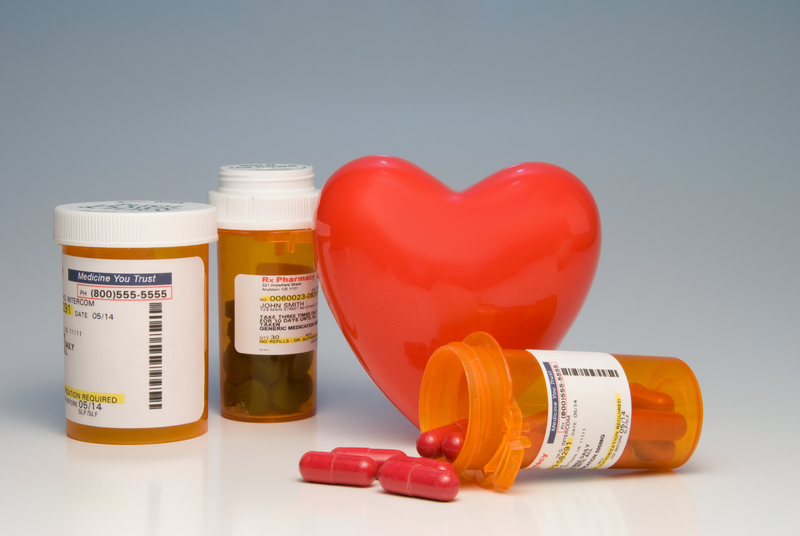10 Recommended Ways To Reduce Cholesterol Levels
Cholesterol is a waxy substance needed to make healthy cells, but having too much of it causes a buildup in the blood vessels, which blocks oxygen from flowing through arteries to the rest of the body. High cholesterol affects more than one hundred million Americans and increases the risk of heart attack, heart disease, and stroke. Although it can be genetic, high cholesterol is most often the result of an unhealthy lifestyle. Here are ten safe and efficient ways to lower cholesterol.
10. Statins

Statins are a generic type of prescription drug known for lowering cholesterol. Examples include Lipitor, Crestor, and Zocor, which have all been shown to reduce cholesterol levels by fifty percent. But these wonder drugs do not come without consequences. Reported side effects include muscle inflammation, increased liver enzymes, kidney failure, nausea, drowsiness, abdominal distress, and in rare cases, death. Statins also deplete levels of CoQ10, which is needed for energy production by every cell in the body.
9. Bile Acid Sequestrants

Bile acid sequestrants are prescription drugs that lower “bad” LDL cholesterol levels by up to twenty percent. They work by tricking the body into producing extra bile, a digestive juice that aids in fat metabolism. Bile also binds to cholesterol and carries it to the gastrointestinal tract where it can be excreted. Watch out for side effects, which can include constipation, stomach pain, and nausea. Bile acid sequestrants require you to take a lot of them for them to work, which can also have negative consequences.
